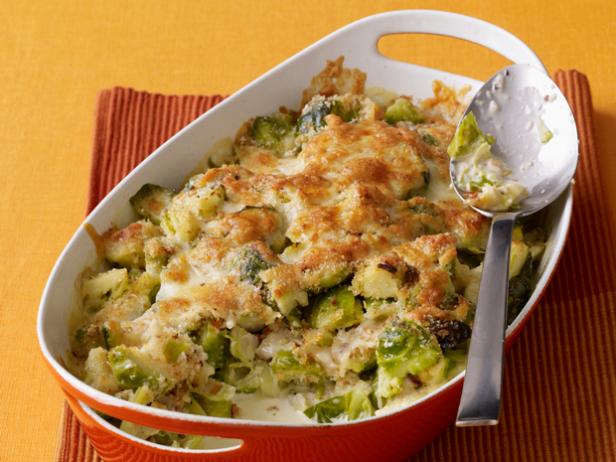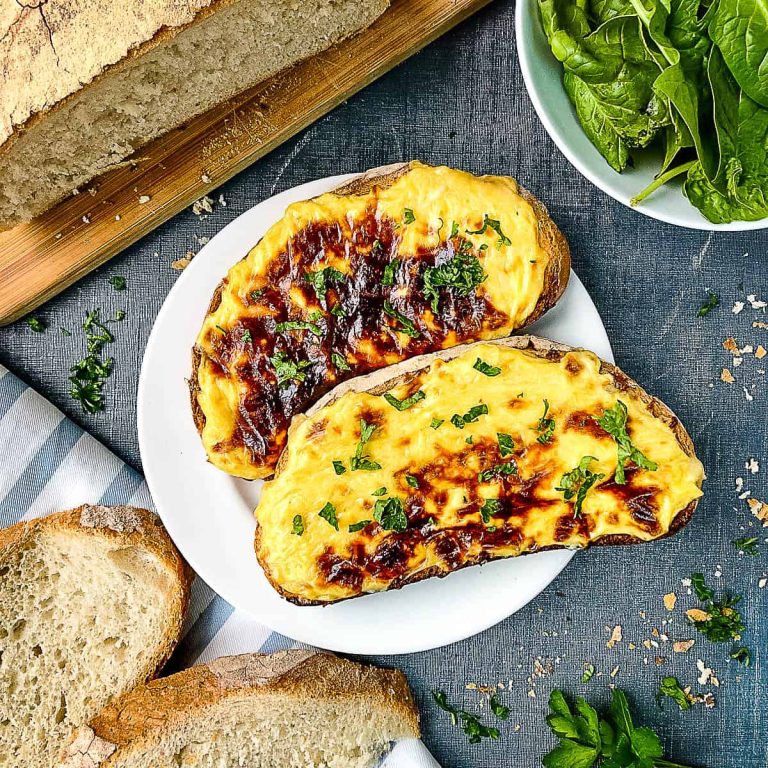Brioche: Recipes, Techniques, and History Explained
Brioche originated in France during the 15th century. Historical recipes first appeared in Norman regions, where dairy farming was prevalent. Farmers used surplus butter and eggs to create enriched bread, leading to brioche’s unique texture. French aristocracy quickly adopted it, elevating its status as a symbol of culinary refinement. The name brioche likely derived from the Old French word “brier,” meaning to knead, highlighting its rich dough preparation.
Evolution Over the Centuries
Brioche has evolved significantly over the centuries. Recipes have varied regionally, with some incorporating local ingredients such as orange flower water or various spices. By the 17th century, brioche became a staple in French boulangeries, with numerous variations emerging. During the 20th century, French bakers introduced brioche to international markets, making it a global favorite. Modern innovations include brioche buns for burgers and sweet brioche desserts, reflecting its versatile nature and enduring popularity.
Ingredients Used in Brioche
The Role of High-Fat Content
Brioche relies heavily on the richness provided by high-fat content ingredients, primarily butter. Typically, 50% of the dough’s weight comes from butter, which contributes to brioche’s tender crumb and exquisite taste. Professional bakers use European butter, known for its higher fat content, to achieve a premium texture and flavor. High-fat content also extends the pastry’s shelf life by slowing down the staling process.
Importance of Eggs in the Recipe
Eggs play a crucial role in forming brioche’s unique structure and golden color. An average brioche recipe uses about 4 large eggs per pound of flour, which adds moisture and supports the dough’s elasticity. The lecithin in eggs acts as a natural emulsifier, ensuring a consistent texture throughout. Additionally, the proteins in eggs coagulate during baking, providing strength and stability to the pastry.
Comparing Brioche With Other Breads
Brioche vs. Croissant
Brioche and croissants both originate from France but differ greatly in texture and flavor. Brioche is a rich, buttery bread with a tender crumb, resulting from its high-fat content (butter and eggs). Croissants, on the other hand, are flaky and layered due to their laminated dough technique, which involves folding butter into the dough multiple times. While brioche has a consistent, soft, and somewhat elastic texture, croissants are known for their light, airy layers and crisp exterior. Brioche is often used for sweet and savory dishes such as French toast and sandwiches. Croissants are typically enjoyed as a pastry, filled with chocolate or almond paste, or served plain with coffee.
Brioche vs. Challah
Brioche and challah share several similarities, including a rich, egg-based dough. However, key differences set them apart. Brioche contains a higher butter content, leading to a richer, softer bread, while challah, often used in Jewish traditions, is usually dairy-free, making it lighter and less fatty. Challah’s texture is airy and slightly chewy, whereas brioche is tender and moist. Challah is typically braided and has a shiny crust achieved by an egg wash before baking. Brioche can come in various shapes like loaves, buns, or rounds and also occasionally uses an egg wash for a golden-brown finish. Although both can be used in sweet dishes, brioche has a more pronounced buttery flavor, while challah has a slightly sweet, neutral taste, often enhanced with honey or raisins.
Popular Brioche Recipes
Classic French Brioche
Classic French brioche features a delicate, buttery flavor and a soft, airy texture. To make this traditional recipe, you’ll need flour, sugar, salt, eggs, butter, milk, and yeast. Start by mixing the yeast in warm milk with a bit of sugar and flour. Once the mixture bubbles, add the remaining sugar, salt, eggs, and butter. Knead the dough until smooth, then let it rise. After shaping the dough into a loaf or rolls, allow it to rise again before baking until golden brown. The result is a light, tender bread perfect for breakfast or as an accompaniment to meals.
Sweet and Savory Variations
Sweet brioche recipes include fruit fillings, chocolate chips, and sugar toppings, providing a delightful contrast to the buttery richness of the dough. Examples include brioche with a cinnamon-sugar swirl, chocolate-studded brioche, and brioche buns filled with sweet fruit preserves. Each variation enhances the pastry’s natural sweetness, making it a favorite for desserts and special breakfasts.
Savory brioche recipes incorporate cheeses, herbs, and meats, creating a versatile bread suitable for various occasions. Examples feature cheese-filled brioche rolls, herb-infused loaves, and mini brioche buns with ham and cheese. These variations add depth to the bread’s flavor, making it perfect for sandwiches, appetizers, or as a side dish to soups and salads.
Cooking Techniques and Tips
Best Practices for Dough Preparation
Ensure a rich, tender crumb by using room-temperature ingredients. Let the butter and eggs sit out for about 30 minutes before mixing. Use a stand mixer to knead the dough for 10-15 minutes on medium speed until it becomes elastic and smooth. Add butter gradually, 1 tablespoon at a time, to ensure even incorporation. Let the dough rise for 1-2 hours, or until it doubles in size, keeping it in a warm, draft-free environment. Punch down the dough after the first rise and let it rise again in the refrigerator overnight to develop more flavor.
Cooking Times and Temperatures
Preheat your oven to 375°F (190°C) to ensure even baking. Bake smaller brioche forms like buns or rolls for 20-25 minutes. Larger loaves require 30-35 minutes. Check for doneness by tapping the bottom of the bread; it should sound hollow. Allow brioche to cool on a wire rack for at least 30 minutes before slicing to maintain its structure and texture.
Conclusion
Brioche is more than just a pastry; it’s a testament to the rich culinary history of France. Its unique blend of butter and eggs creates a texture and flavor that’s hard to resist. Whether you’re making it for a special occasion or simply to enjoy with your morning coffee, the techniques and tips we’ve covered will help you achieve perfect results. Experiment with various recipes and don’t be afraid to try both sweet and savory versions. With practice and patience, you’ll master the art of making brioche, delighting yourself and those you share it with.






